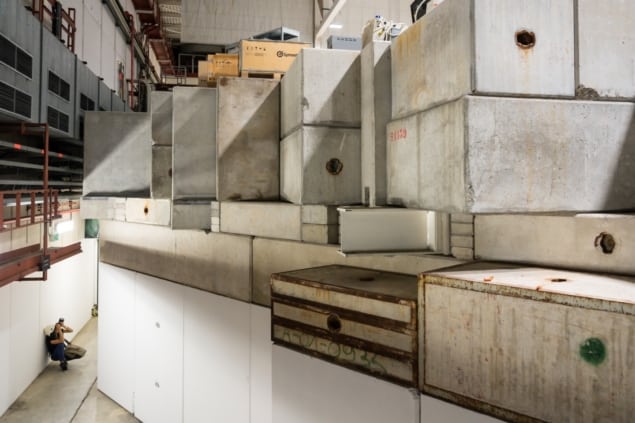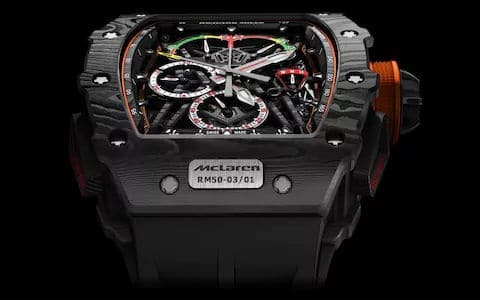
Voting is now open for the 2018 Global Physics Photowalk competition, so vote for your five favourite photographs from a shortlist of 54. The competition invites the photographing public into 17 major physics labs worldwide. Voting closes at 7:59 BST on 16 September and the winner and two runners-up will be announced on 1 October.
The above photo was the winner of the 2018 CERN Photowalk and is on the global shortlist. It was taken by Cédric Favero in front of huge concrete blocks surrounding the Antiproton Decelerator.
The Arecibo Observatory in Puerto Rico nestles in a giant karst sinkhole surrounded by lush green hills. The iconic radio dish has found fame well beyond the world of professional astronomy – it was used to search the heavens for alien civilizations (none were found) and it has also appeared on film, television and video games. But did you know that the telescope is also known for its cats? In “Arecibo Observatory’s Space Cats Need Your Help!“Space.com’s Hanneke Weitering explains how the telescope’s feline population has grown in size after Hurricane Maria – which caused many people to leave the island and abandon their cats. They have become so numerous that observatory staff are concerned that the population is getting out of control. As a result, researchers have started a GoFundMe campaign to raise funds to spay cats and provide veterinary care.

The world’s lightest mechanical chronograph watch was launched with much fanfare in 2017 by the University of Manchester, Richard Mille Watches and McLaren Applied Technologies. Now, the scientists involved in creating the RM 50-03 watch have explained how graphene – a sheet of carbon just one atom think – was used to make the device. One reason why the watch is so light, say its makers, is that graphene was used to strengthen the carbon-fibre composite material used in the device. This meant that less of the composite was needed to achieve the desired mechanical properties. You can read more in “Science behind world’s lightest graphene watch revealed”.



